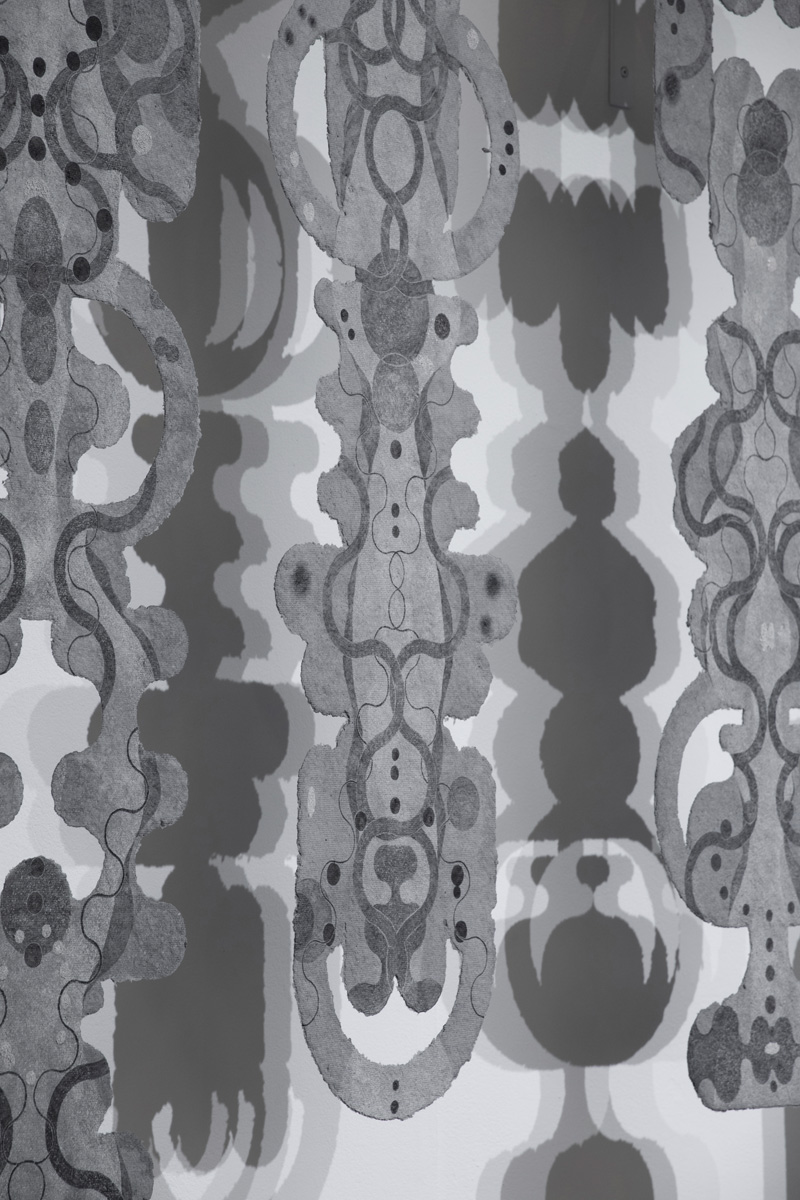
Ouroboros
Waste. It’s an unavoidable by-product of life. It’s also difficult to efficiently manage the staggering variety of wastes humans produce. Once generated, it must be carefully transported through an inefficient and massively complex system of reuse, recycling, storage, treatment, energy recovery, disposal or release. Food waste is particularly problematic for industrialized nations. Beyond food insecurity and the lost economic potential of these biomaterials, throwing away what we do not or cannot eat creates a host of unsustainable environmental problems.
Mollusk aquaculture offers an intriguing solution to both food insecurity and environmental degradation. Oysters have been a constant in my life, from my mom’s stories of harvesting them on Nicaragua’s Miskito Coast, to my dad’s parallel recollections of enjoying them on Alabama’s Mobile Bay and the Gulf of Mexico. While researching these fascinating beings for my artist book, Convergence, I learned that they are an important sentinel species—indicators of healthy reef and coastal ecosystems. Thanks to increasing awareness of the vast interconnections and interdependencies between land, sea, human and non-human, oyster repopulation programs are emerging in coastal regions where they are critical to restoring, regenerating, and rebuilding biodiverse estuarine habitats. But oyster consumption also generates problematic by-product that, if not thoughtfully repurposed, becomes yet another solid waste.
Ouroboros, is part of my ongoing experiment to redefine waste as material opportunity. Through this work, I explore the use of a biomaterial categorized as “nuisance waste” as a viable and beautiful fine art pigment. To do this, I collect discarded shells from local restaurants and use ancestral techniques to clean, cure and process them into an unrefined pearl white. Transformed, the shimmering calcium carbonate is then incorporated into my drawings on recycled fine art papers.
In my studio practice, drawing is an active meditation that links ritual, rhythm, and breath. As thinking and movement merge, my perception of time and space blurs, creating a calm, fertile space for contemplation. Drawing led me to examine my own habits and patterns, and a deeply entrenched philosophy of infinite growth, perpetual resource extraction, and endless waste production. My pivot towards a more mindful approach to what I make – towards regenerative materials and techniques – creates an open and connected mindset of consequence, one that seeks solutions.
